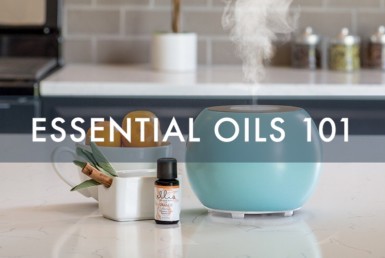GREEN Topic: Sealing the Existing Home
Technology Snapshot & Benefits:
Most people aren’t aware that air leakage amounts to 30-40% of a home’s heating and cooling bills. Stopping air leakage is important not only for energy savings, but also for protecting your home from the damaging effects of moisture. Air, leaking into walls from the interior of the home, carries humidity with it. This moisture hits a cold surface and condenses, causing the insulation and surrounding wood to get wet. Eventually, the air leakage can lead to mold growth and wood rot.
It is a common misconception that the majority of a home’s air leakage comes through windows and doors, but in actuality, only 10-15% of air leakage is through windows and doors. That is why window replacement is seldom a cost-effective means to save energy. There are lots of ways to greatly improve the efficiency of windows without replacing them.
The use of a blower door can make locating and sealing air leaks much easier. A blower door is simply a large door with a fan in it that allows you to pressurize a home so you can use smoke sticks to find air leaks.
Estimated Cost Savings:
Properly sealing your home can save you 30-40% of your heating and cooling costs.
Issues:
Sealing up the outside of your home without sealing up the inside, traps moisture in your walls and can lead to mold growth and wood rot. Sealing up your home without providing outside air for combustion in gas furnaces, water heaters, and wood burning fireplaces can lead to air quality problems and could even allow carbon monoxide to build up in the home.
Regional Issues:
Reducing air leakage is something that needs to be done for homes in all regions of the country.
Installation (Getting It Done):
Most people think that tightening up the home means caulking around the outside of the home. This prevents rain water from getting into your walls and that’s important, but does very little to stop air from leaking into your home. Tightening up an existing home begins on the inside. The greatest areas of air leakage in a home are around the top of the foundation and around penetrations into the attic. You can seal the top of the foundation (rim joist) with caulk or expanding foam. To seal the penetrations into the attic, the easiest way is to push back the insulation, and seal the holes around wiring and plumbing stacks and caulk along to tops of interior walls. To seal the inside of the house, use a clear caulk around the window frames where the trim meets the wall and all cracks in the window that aren’t operable. Add weatherstripping to the windows if necessary. Install foam gaskets on outlets and switches on exterior walls. Use clear caulk along the basement where it meets the floor. Seal around all ceiling fixtures, heat registers, medicine cabinets, bath tubs, kitchen cabinets, drain and water pipes where they enter the wall in kitchen and bath and any other interior wall penetrations. There are many things you can do to reduce air leakage in your home. However, keep in mind that professional with the proper training and equipment is best suited to pinpoint air leakage and to identify and deal with combustion safety problems.
Source: EcoBroker.com



Join The Discussion
You must be logged in to post a comment.